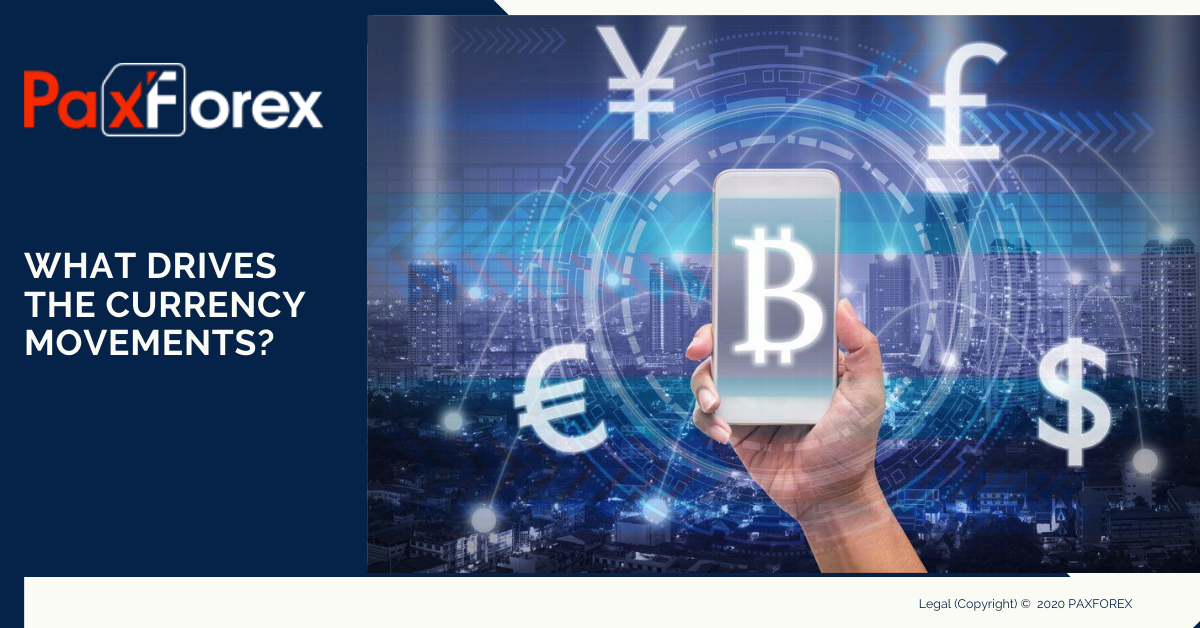
Currencies constantly move up and down against each other as financial markets change. The currency markets are intertwined with the interest rate markets allowing sovereign rates to have a direct influence on the direction of a currency pair. Sovereign rates, which are the official interest rates issued by the government of a country, are used to create the forex forward market. The forward rate, of a currency pair, is any date longer than the spot rate. As sovereign interest rates fluctuate relative to other sovereign rates, the change can drive the direction of the forex market.
The key driver of forex movement is supply and demand. If demand for a currency – say the US dollar – increases, the rise in people looking to convert their currency into dollars will cause its price to go up unless supply also rises to match the increased demand. Similarly, if the supply of money in an economy goes up without a parallel rise in demand, then its currency will drop in value. While there are many other factors listed here, supply and demand is really the sole driver of forex price volatility. That’s because everything else affects the levels of supply and demand for a currency, which will, in turn, cause its price to rise or fall.
On a macro level, there is no larger influence in exchange rate values than central banks and the interest-rate decisions they make. In a general sense, if a central bank is raising interest rates, that means that their economy is growing and they are optimistic about the future; if they are cutting interest rates that means their economy is falling on hard times and they are skeptical of the future. This type of visualization may be overly simplified, but it usually is the way central banks respond to changes in their economies.
The complication comes in when traders try to anticipate what the central banks are going to be doing with rates. If traders expect an interest rate hike, they typically begin buying that currency well before the central bank is scheduled to make the decision, and vice versa if they expect the central bank to cut rates. However, if said central bank fails to do as traders expected, the reaction can be quite violent as traders exit their preconceived positions.
While investors enjoy high interest rates, they also value the predictability of an investment. This is why currencies from politically stable and economically sound countries generally have higher demand, which, in turn, leads to higher exchange rates. In addition to money supply changes, interest rates, and inflation rates, other key economic indicators include gross domestic product, unemployment rate, housing starts, and trade balance. If these indicators show a strong and growing economy, its currency will tend to appreciate as demand increases. Similarly, strong political conditions impact currency values positively. If a country is in the midst of political unrest or global tensions, the currency becomes less attractive and demand falls.







